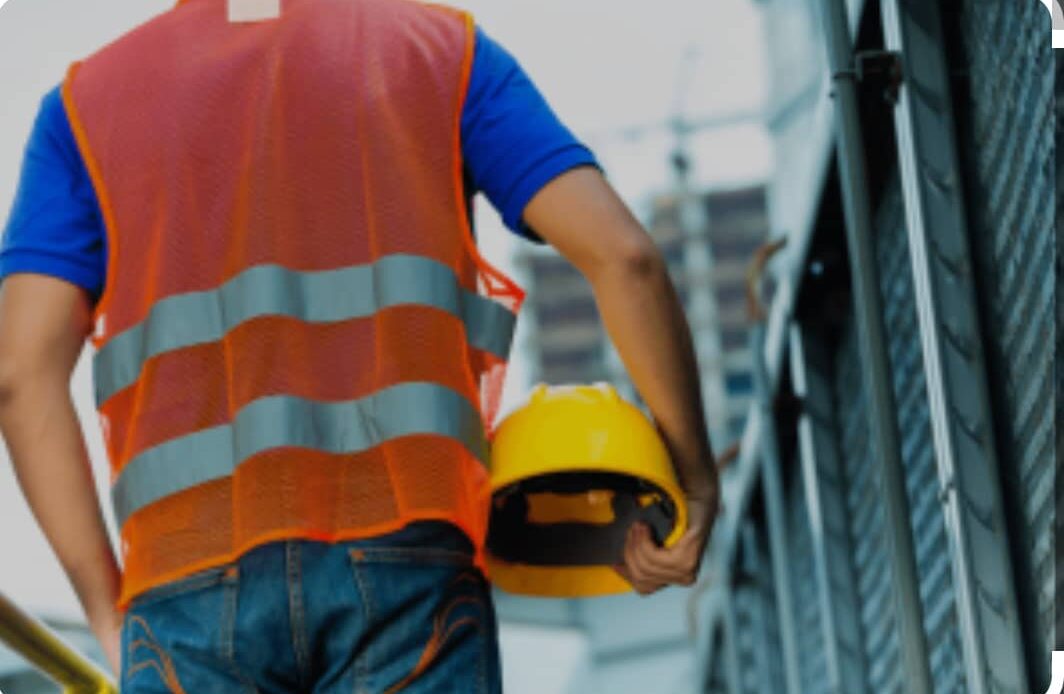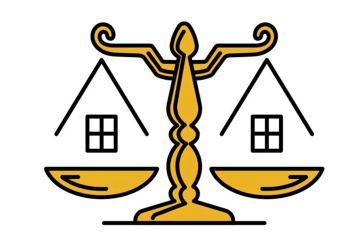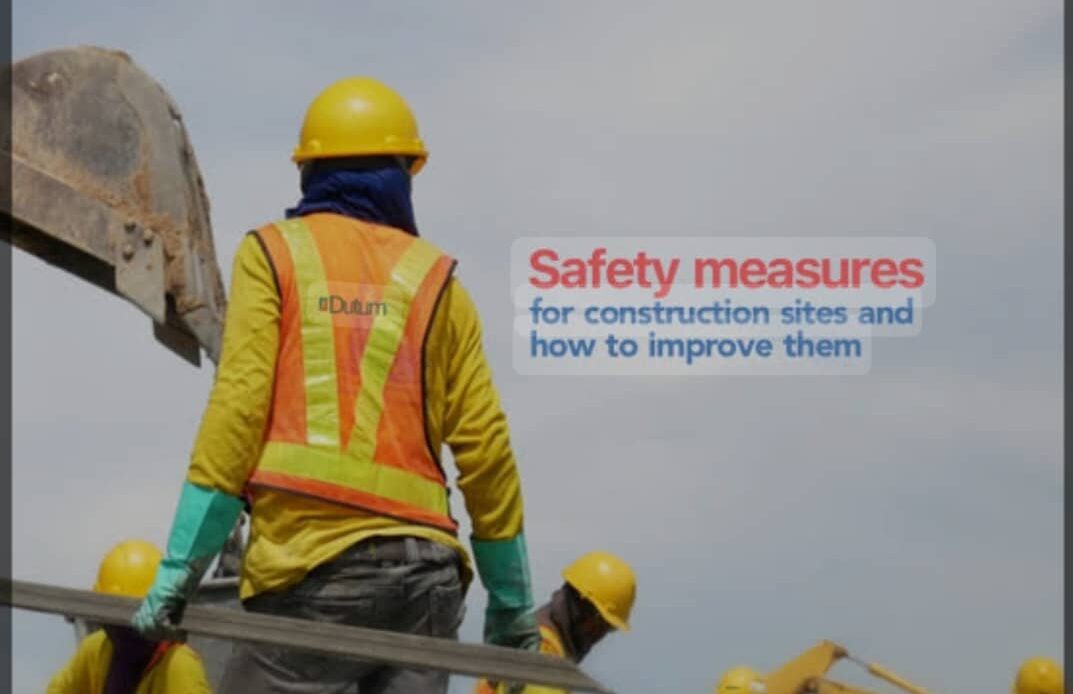
Health and Safety Concerns in Nigerian Construction: A Comprehensive Guide
Introduction
In the dynamic landscape of Nigerian construction, addressing health and safety concerns is paramount to ensuring the well-being of workers and the successful execution of projects. The construction industry, while crucial for national development, is inherently fraught with risks that can lead to accidents, injuries, and long-term health issues if not properly managed. This article explores the critical aspects of health and safety in Nigerian construction, highlighting the legal framework, common hazards, and best practices to mitigate risks and promote a safer working environment.
Understanding the Importance of Health and Safety in Construction
Construction work is characterized by various hazards, including falls from heights, machinery accidents, exposure to harmful substances, and structural failures. These risks not only endanger the lives of workers but also impact project timelines, costs, and overall quality. In Nigeria, where the construction industry is booming, ensuring robust health and safety measures is essential to protect workers and maintain industry standards.
Legal and Regulatory Framework
Nigeria’s commitment to improving health and safety in construction is reflected in its legal and regulatory framework. Key regulations and guidelines include:
a. The Factories Act, 1987: The Factories Act provides a broad framework for occupational health and safety in various industries, including construction. It mandates that employers ensure a safe working environment, conduct risk assessments, and provide adequate training and protective equipment to workers.
b. The National Environmental Standards and Regulations Enforcement Agency (NESREA) Act: NESREA is responsible for enforcing environmental regulations, including those related to construction activities. It ensures that construction projects comply with environmental standards, which indirectly contribute to worker safety by mitigating environmental hazards.
c. The Building Code: Nigeria’s Building Code outlines the standards and specifications for construction practices. It includes provisions for safety measures, structural integrity, and quality control, which are critical for preventing accidents and ensuring safe construction practices.
d. The Occupational Safety and Health Act (OSHA) (Proposed): Although Nigeria has yet to fully implement a comprehensive Occupational Safety and Health Act, there are ongoing discussions and proposals to establish such legislation. This act would provide a more focused approach to occupational health and safety, addressing industry-specific concerns and setting clear standards for safety practices.
Common Health and Safety Hazards in Nigerian Construction
Understanding the common hazards in the construction industry is crucial for developing effective safety measures. Some of the prevalent hazards include:
a. Falls from Heights: Falls from ladders, scaffolding, and roofs are among the most frequent and severe accidents in construction. The risk is exacerbated by inadequate safety barriers, improper use of equipment, and lack of fall protection training.
b. Machinery and Equipment Accidents: Heavy machinery, such as cranes, bulldozers, and excavators, poses significant risks if not operated correctly. Accidents can result from equipment malfunction, operator error, or insufficient maintenance.
c. Exposure to Hazardous Materials: Construction sites often involve exposure to hazardous materials such as asbestos, lead, and chemicals. Inadequate handling and protective measures can lead to serious health issues, including respiratory problems and skin conditions.
d. Structural Failures: Poorly designed or constructed structures can lead to collapses and other failures. This can result from substandard materials, inadequate engineering, or non-compliance with building codes.
e. Electrical Hazards: Electrical hazards, including exposed wires, improper grounding, and faulty installations, pose risks of electrocution and electrical fires. Ensuring proper electrical safety practices is essential to prevent such incidents.
Best Practices for Addressing Health and Safety Concerns
To mitigate the risks associated with construction work, adopting best practices in health and safety is essential. Key practices include:
a. Risk Assessment and Management: Conducting thorough risk assessments before commencing construction activities helps identify potential hazards and implement control measures. Regular risk assessments should be part of the project lifecycle to address new risks as they arise.
b. Safety Training and Education: Providing comprehensive safety training for workers is crucial. Training should cover the use of personal protective equipment (PPE), safe handling of materials, emergency procedures, and first aid. Regular refresher courses and workshops can help maintain safety awareness.
c. Personal Protective Equipment (PPE): Ensuring that all workers have access to and properly use appropriate PPE, such as helmets, gloves, safety boots, and eye protection, is vital. PPE serves as the last line of defense against injuries and should be selected based on the specific hazards present on the site.
d. Safety Protocols and Procedures: Implementing clear safety protocols and procedures, including emergency response plans, equipment maintenance schedules, and site safety inspections, helps maintain a safe working environment. Regularly reviewing and updating these protocols is necessary to adapt to changing conditions and new regulations.
e. Health Surveillance and Wellness Programs: Monitoring the health of workers through regular health checks and wellness programs can help identify and address potential health issues early. Wellness programs can include initiatives to promote physical fitness, mental health, and stress management.
f. Compliance with Building Codes and Standards: Adhering to national building codes and standards ensures that construction practices meet safety requirements. Regular inspections and audits should be conducted to verify compliance with these standards.
g. Engaging with Health and Safety Experts: Consulting with health and safety experts and organizations can provide valuable insights and recommendations for improving safety practices. Collaboration with industry professionals and regulatory bodies can help address complex safety issues and implement best practices.
The Role of Government and Industry Stakeholders
Government agencies, industry associations, and construction companies all play a role in enhancing health and safety in the construction sector. Government agencies are responsible for enforcing regulations, providing guidelines, and promoting safety initiatives. Industry associations can advocate for best practices, offer training programs, and facilitate knowledge sharing. Construction companies, on the other hand, must implement safety measures, invest in training, and foster a safety culture within their organizations.
The Future of Health and Safety in Nigerian Construction
The future of health and safety in Nigerian construction holds promise as the industry continues to evolve and address emerging challenges. Advancements in technology, such as smart safety equipment and data analytics, can enhance safety management and risk assessment. Additionally, increasing awareness and commitment to safety culture will drive improvements in practices and regulations.
The implementation of comprehensive safety legislation and the promotion of a proactive safety culture will be key to reducing accidents and improving overall safety standards. Collaboration between government, industry stakeholders, and workers is essential to achieving these goals.
Conclusion
Addressing health and safety concerns in Nigerian construction is a critical aspect of ensuring worker well-being and project success. By adhering to legal regulations, recognizing common hazards, and implementing best practices, the construction industry can significantly reduce risks and enhance safety. As Nigeria continues to develop its infrastructure, prioritizing health and safety will contribute to a more sustainable and prosperous construction sector.
A robust approach to health and safety in construction not only protects workers but also enhances the efficiency and quality of construction projects. With continued commitment to safety and collaboration among stakeholders, Nigeria can build a safer and more resilient construction industry for the future.
. Nigerian construction industry
. Health and safety
. Occupational hazards
. Falls from heights
. Machinery accidents
. Hazardous materials
. Structural failures
. Electrical hazards
. Risk assessment
. Safety training
. Personal protective equipment (PPE)
. Building codes
. Compliance standards
. Government regulations
. Factories Act
Contact Us
Chaman Law Firm today. Our offices are conveniently located in Lagos, FCT Abuja, Ogun State, and the UK. We are readily available to assist you with your legal needs. Whether you require consultation, representation, or ongoing legal support, Chaman Law Firm is your trusted partner. Call us at 08065553671 or email us at info@chamanlawfirm.com to schedule a consultation


